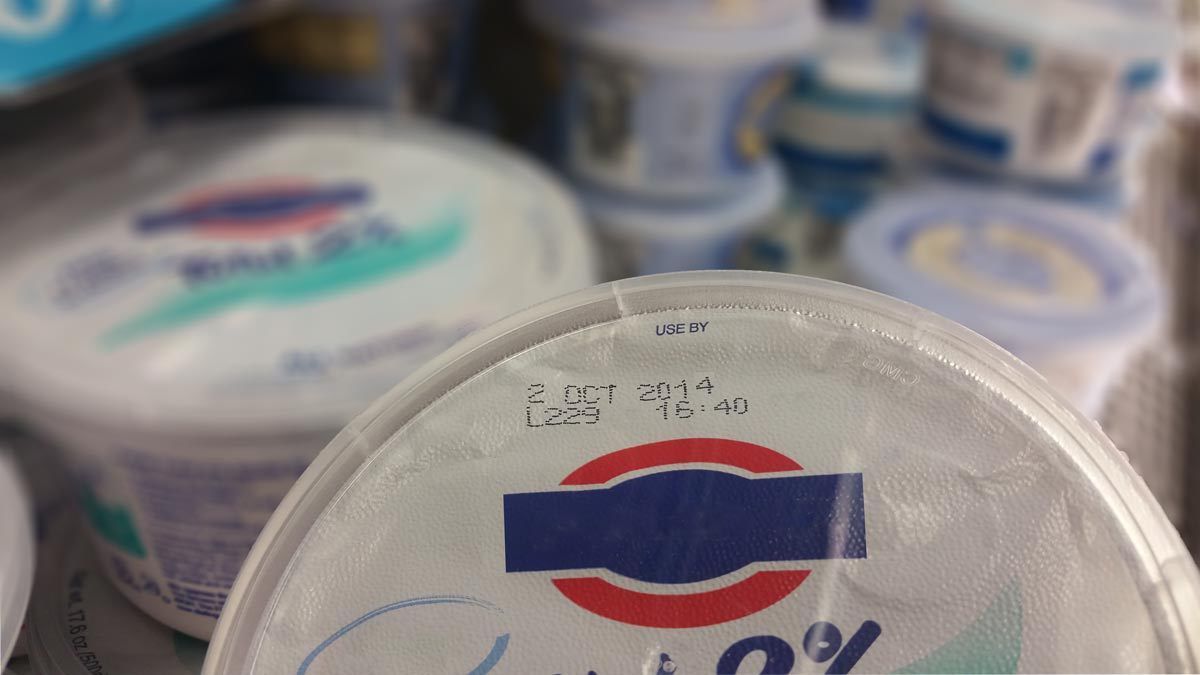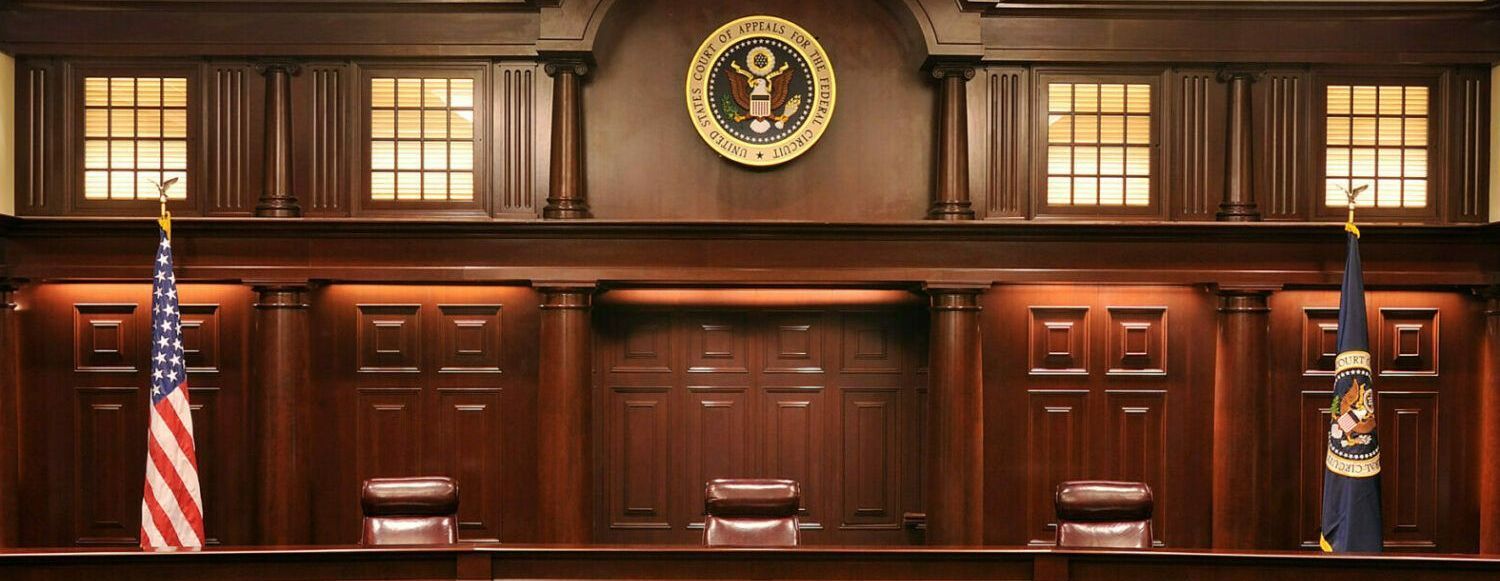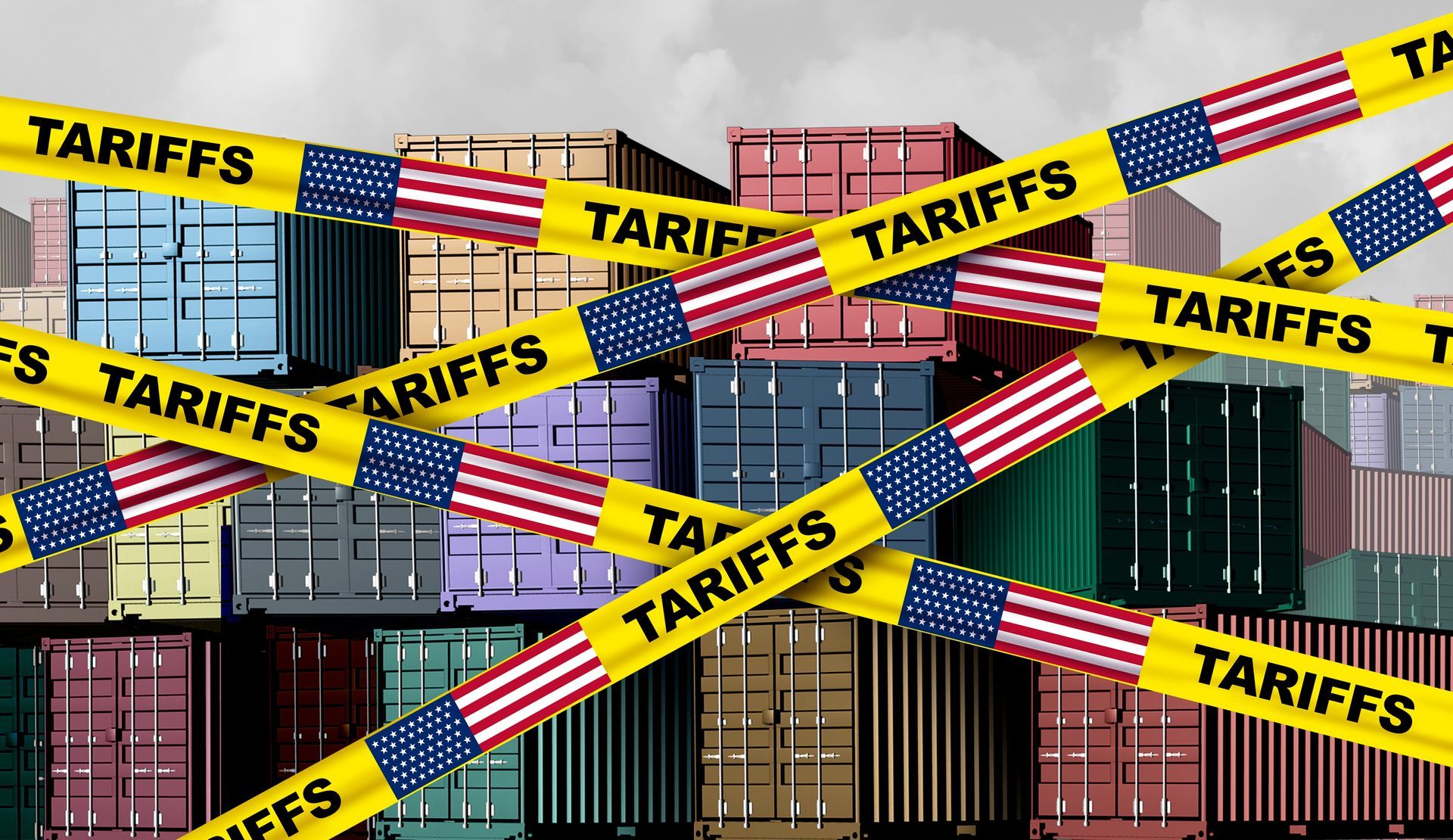Claiming Duty Drawback on Destroyed Merchandise

Are you an importer who has rejected or expired product that you destroy? Did you know that you can claim duty drawback on that product upon it’s destruction with the appropriate supporting documentation?
More importers are claiming duty drawback on products that are exported out of the United States, but an area of drawback that is still relatively under tapped, is destruction drawback. If you import a product into the United States, pay a duty on that product and then destroy it, you can claim drawback upon the destruction.
If your destroyed merchandise is imported, either by you directly or your domestic vendor, you may likely be entitled to claim duty drawback and recover the duties paid on the import when you complete the destruction.
U.S. Customs and Border Protection states the following:
“A drawback entry and all documents necessary to complete a claim generally must be filed within three years after exportation or destruction of the articles. To avoid being time-barred by the statute of limitations, a manufacturing claim may be filed before a manufacturing drawback ruling is effective; however, no payments will be made until the manufacturing drawback ruling is approved. Approval of a letter of intent to operate under a general manufacturing ruling may be obtained promptly if the letter of intent complies with the drawback law and regulations.”
As a licensed Customs broker, we help companies from a vast variety of industry take advantage of this opportunity. We work very closely with U.S. Customs and have specialized in obtaining and providing the necessary proof of destruction required to have these claims approved and paid.
Get actionable advice on cost-saving strategies that boost your bottom line.
Subscribe here:






















